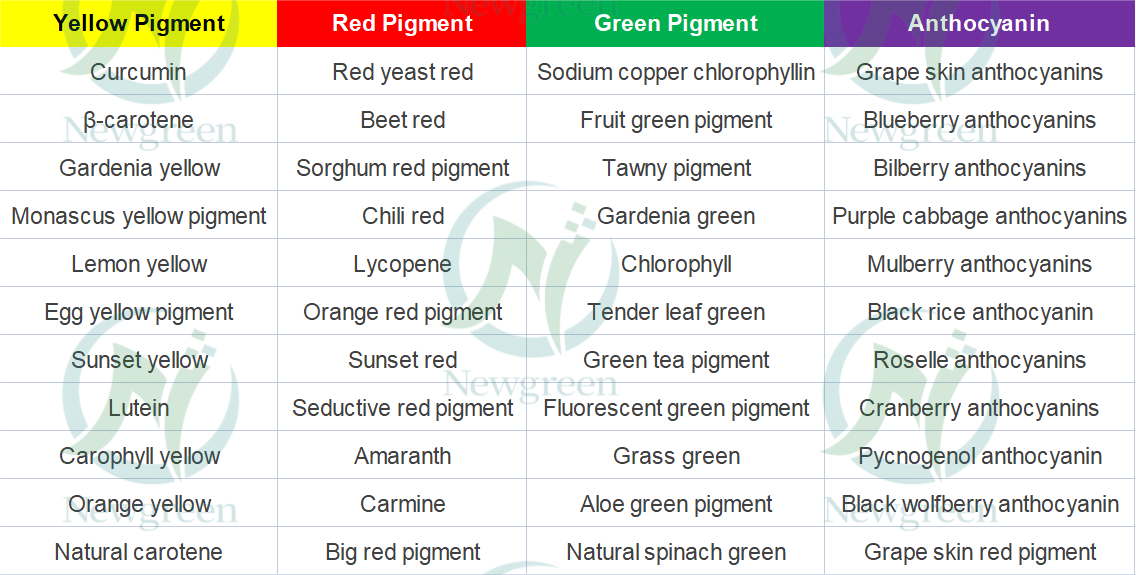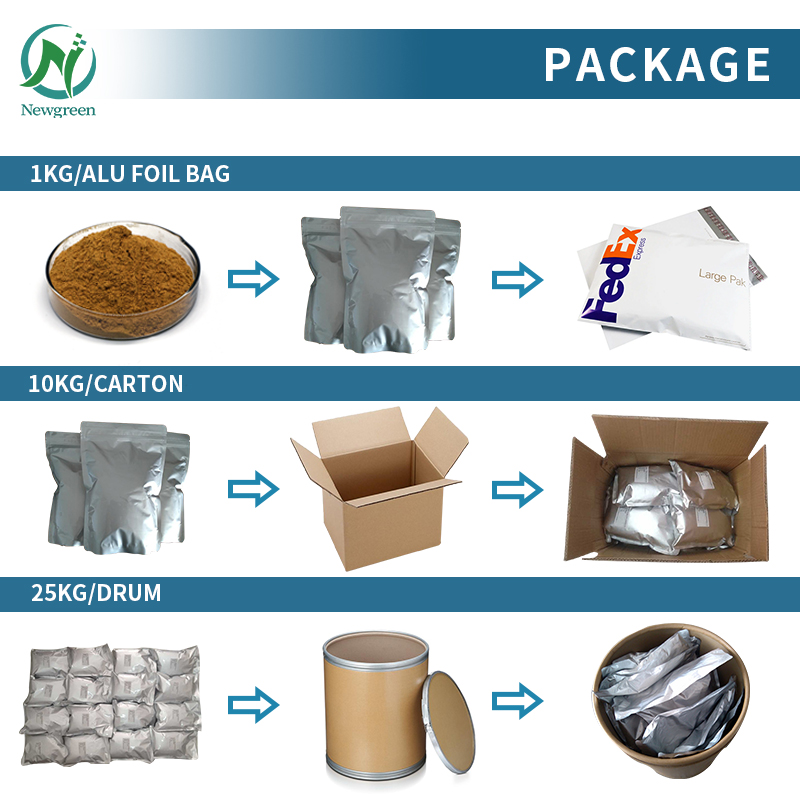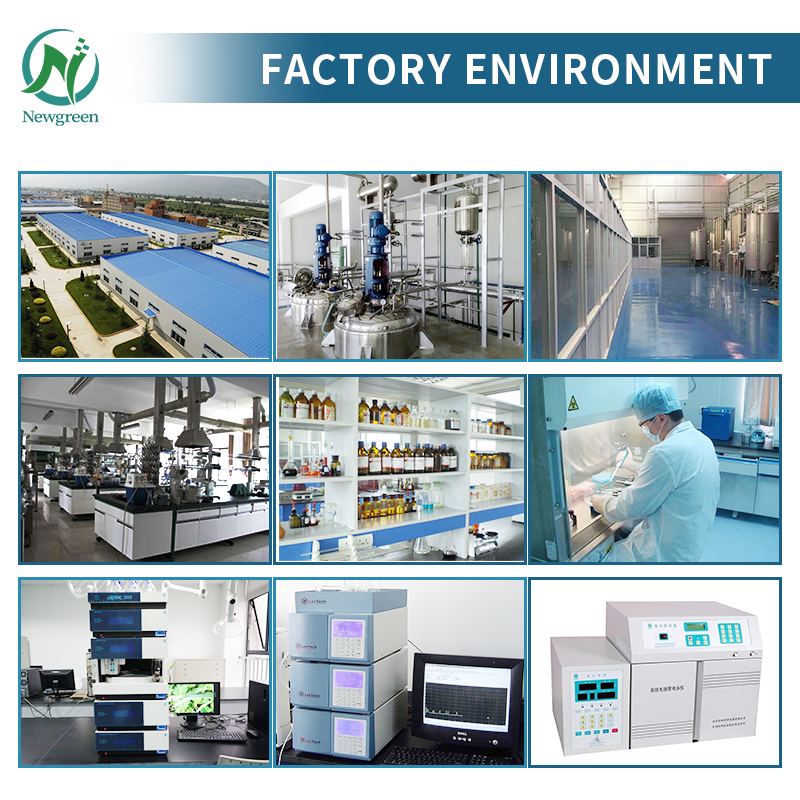Lemon Yellow Acid Dyes Tartazine 1934-21-0 Fd&C Yellow 5 Water Soluble

Product Description
Lemon Yellow is one of the three primary colors of edible synthetic pigments, and is also the most widely used synthetic pigment in the world that is allowed for food coloring.Can be used as food, beverage, medicine, feed and cosmetics colorant.
As a food colorant, China stipulates that it can be used in juice (flavor) beverages, carbonated beverages, prepared wine, green plums, shrimp (flavor) slices, impregnated side dishes, red and green silk candy, pastries on color and watermelon paste canned Chemicalbook, the maximum usage is 0.1g/kg; The maximum consumption in plant protein drinks and lactic acid bacteria drinks was 0.05g/kg; The maximum amount used in ice cream is 0.02g/kg.
COA
| Items | Specifications | Results |
| Appearance | Yellow powder | Complies |
| Order | Characteristic | Complies |
| Assay(Carotene) | ≥60% | 60.6% |
| Tasted | Characteristic | Complies |
| Loss on Drying | 4-7(%) | 4.12% |
| Total Ash | 8% Max | 4.85% |
| Heavy Metal | ≤10(ppm) | Complies |
| Arsenic(As) | 0.5ppm Max | Complies |
| Lead(Pb) | 1ppm Max | Complies |
| Mercury(Hg) | 0.1ppm Max | Complies |
| Total Plate Count | 10000cfu/g Max. | 100cfu/g |
| Yeast & Mould | 100cfu/g Max. | >20cfu/g |
| Salmonella | Negative | Complies |
| E.Coli. | Negative | Complies |
| Staphylococcus | Negative | Complies |
| Conclusion | Conform to USP 41 | |
| Storage | Store in a well-closed place with constant low temperature and no direct sun light. | |
| Shelf life | 2 years when properly stored | |
Function
The main uses of citretin powder include food coloring, biological tissue imaging, and non-invasive detection.
1. Food coloring
Lemon yellow pigment is a water-soluble synthetic pigment, bright yellow, widely used in food, beverage, medicine, cosmetics, feed, tobacco, toys, food packaging materials and other coloring. It is also used for dyeing wool and silk and for making color lakes . Citretin is safe when used in moderation and does not pose a hazard to humans .
2. Biological tissue imaging
Lemon yellow also has important applications in biological tissue imaging. The researchers found that applying a lemon yellow solution to the epidermis of laboratory mice made the skin and muscles transparent at a specific frequency spectrum, revealing internal organs. This approach can significantly enhance the effectiveness of some biological tissue imaging techniques, such as the direct observation of blood vessel distribution in the brain and muscle fiber structure 45. The principle of this phenomenon is that lemon yellow dissolved in the water of biological tissue can increase the refractive index of the water, so that it is more consistent with the lipids in the cell, reducing the scattering of light .
3. Non-invasive detection technology
The application of Lemon yellow is not limited to biological tissue imaging, but can also develop new non-invasive detection techniques. By applying lemon yellow solution, the activity of internal organs, such as intestinal peristalsis and cardiorespiratory activity, can be observed without invading the skin. The method is non-invasive and reversible, and simply washes away the dye with water to restore the opaque skin .
Application
Lemon yellow is a synthetic food color, belongs to a kind of azo dye, its chemical name is benzophenone imide citrate. It has a distinctive lemon yellow color and is widely used in the food, beverage, cosmetics and pharmaceutical industries with the following roles and uses:
1. Food and beverage industry
Lemon yellow can be used as a colorant for food and beverages to give products a lemon yellow color, such as beverages, candy, jellies, cans, ice cream, etc.
2. Cosmetics industry
Lemon yellow can be used as a coloring agent in cosmetics to make products appear lemon yellow, such as lipstick, nail polish, eye shadow, etc.
3. Pharmaceutical industry
Lemon yellow can be used as a marker for pharmaceutical products to give the product a lemon yellow color, such as oral liquid, capsule, tablet, etc.
Related products

Package & Delivery



















